| Sorted by date | |||
page109from Nordic Architects Writes
Finland it was not permissible to turn one’s
gaze to the past, one had to step forward boldly on the chosen path. In
Wickberg’s analysis, style therefore becomes more than just a way of arranging
architectural elements based on everyone’s aesthetic taste; it becomes a symbol
born of inner necessity to every nationally important civilization of the new
age with pretensions to great art. It is for precisely this reason that in
architecture, Wickberg urges the reader to be obedient to the fundamental
programme indicated by the creators of the Modern Style; they were visionaries
who created the ethos of modern Finland and made it progress.16
... more ...
|
|||
|
|||
|
|
|||
page108from Nordic Architects Writes
flexible, adaptable, production-efficient
and economic, industrial solution that would speak a universal language of
architecture.
The
idea of a universal architecture and how to define it remains a bone of
contention in the architectural debate in Finland from that day forward. For
Nils Erik Wickberg it is a question of style; for Aulis Blomstedt it becomes an
aesthetic problem of a systematically dimensioned language of form. In Osmo
Lappo’s writing, the question goes back to a humanity-serving system theory by
way of a Vitruvian whole, and for Pietilä in 1973, the universal language of
architecture harks bac... more ...
|
|||
|
|||
|
|
|||
page107from Nordic Architects Writes
it.”7 In his speech, Saarinen is rewriting
their modernist manifesto and calling for the same things: truthfulness from
the new style and for the style to rise organically from the circumstances and
the society in which we live. For Saarinen, the time for linking national
characteristics with architecture is over. Yet, Saarinen, on the threshold of a
new international architectural career, does not look as if he is ready to give
up his idealism about his own country and his own architecture. Earlier, had
had helped to build the quality of “Finnishness”; in 1931 he is helping to
build the quality of universal “Westernnes”.
&nb... more ...
|
|||
|
|||
|
|
|||
page106from Nordic Architects Writes
Arrogance and even malignance towards more
human discussion. “The architect firmly believes that the drawing speaks for
itself and the drawing says it all”, the wrote. In Pietilä’s opinion, the
ruling dictum in 1960s architecture that “good architecture must contain no
aesthetics or theory of any kind” was also an obstacle to architects writing.
Pietilä saw the prevailing conflict in values between the realist and the
theorist that existed in Finland in those days – and perhaps still does – as
extremely significant. “The realist is a good man, the theorist a bad one”,
wrote Pietilä and went on to say that the reason for fear was concealed in the
doggerel that “those who can’t design buildings prefer to write journals. Thus
the fact that ... more ...
|
|||
|
|||
|
|
|||
page105from Nordic Architects Writes
Finnish Introduction
Anni Vartola
The Mythology of Essentiality
The austere national character of the Finns
and the severe Finnish cultural climate have produced splendid modern
architecture and cultivated a number of admirably skilled architects. Finland
has not, however, provide... more ...
|
|||
|
|||
|
|
 ... ...
... ... ... ...
... ... ... ...
... ... ... ...
... ...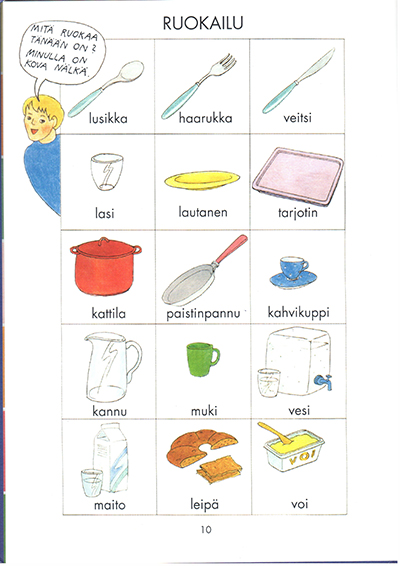 ... ...
... ...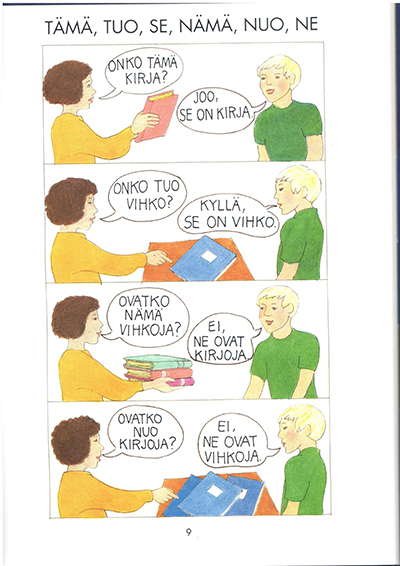 ... ...
... ...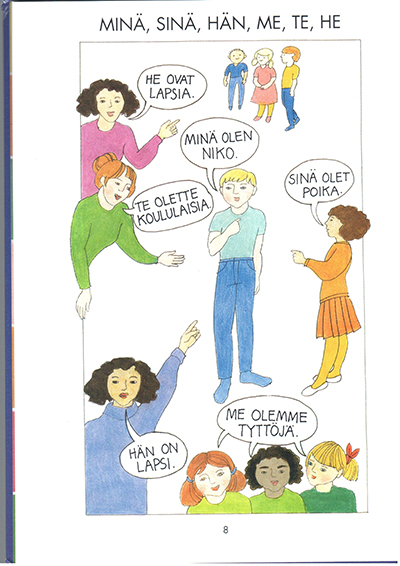 ... ...
... ...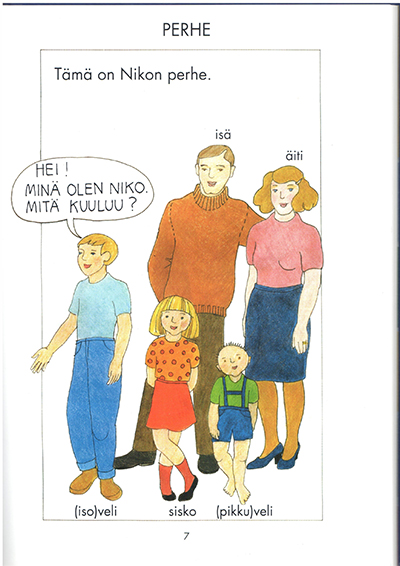 ... ...
... ... ... ...
... ...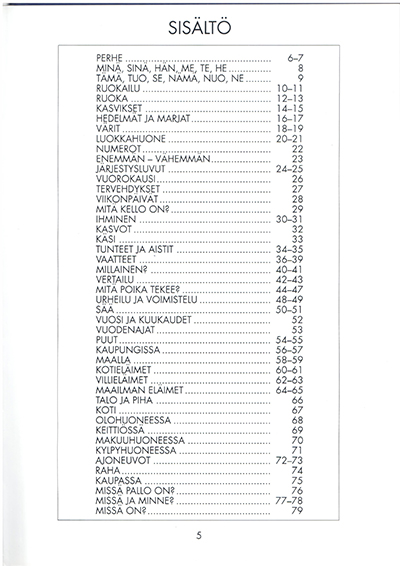 ... ...
... ... ... ...
... ... ... ...
... ...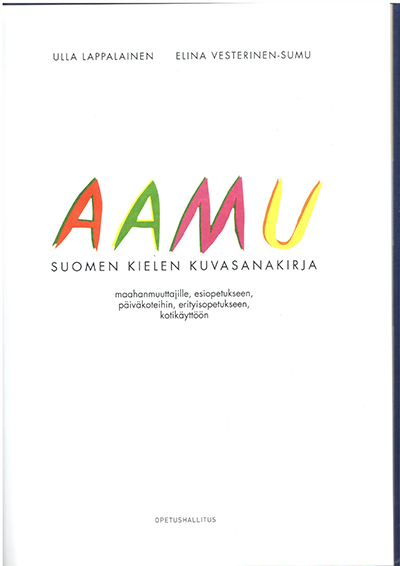 ... ...
... ...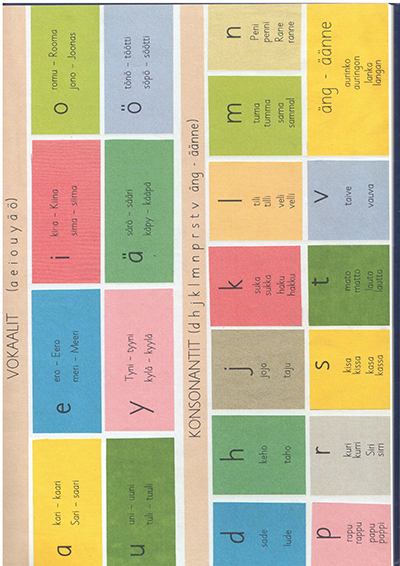 ... ...
... ...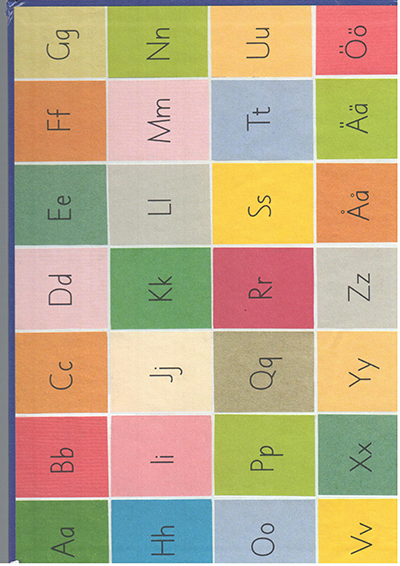 ... ...
... ...